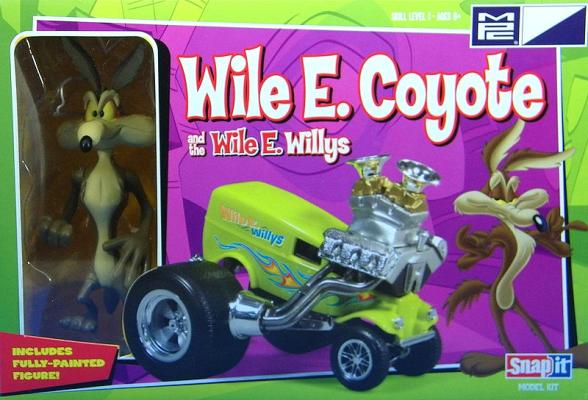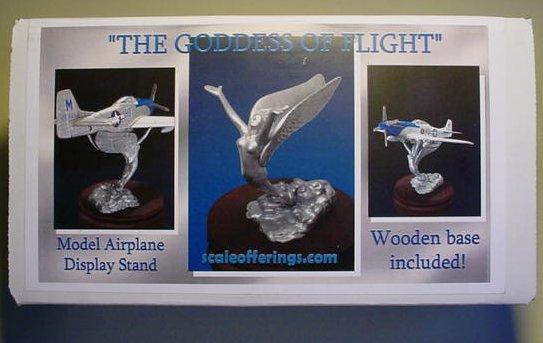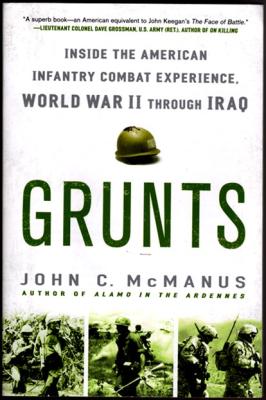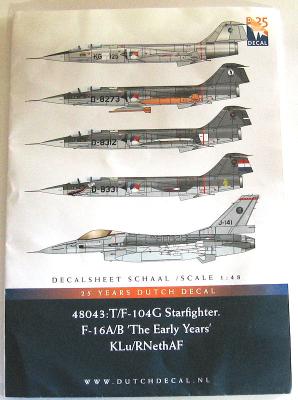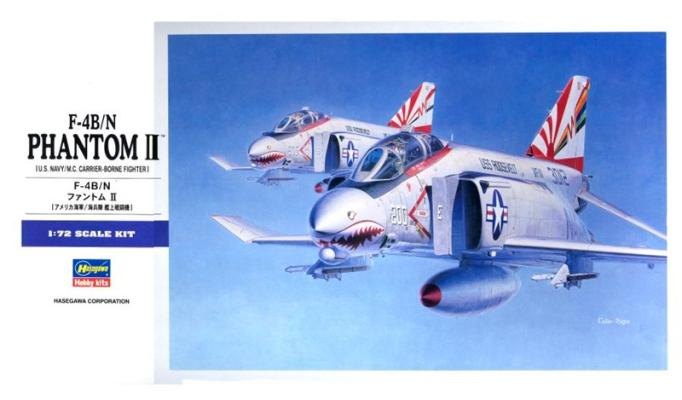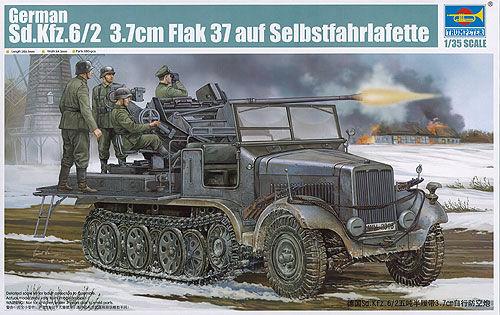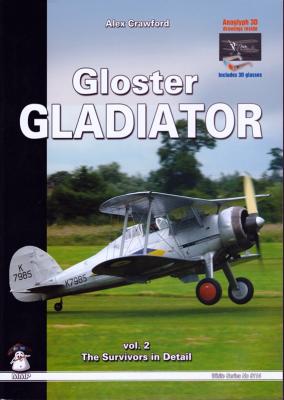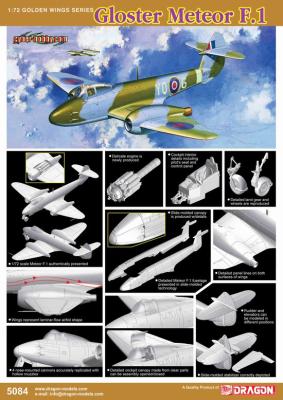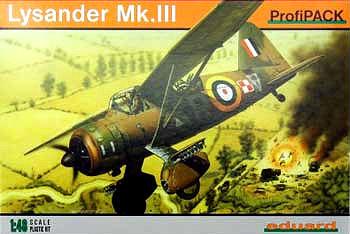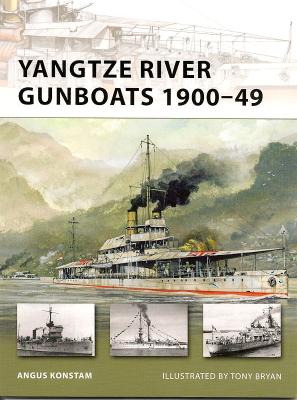Saturday morning cartoons once again meet the modeling bench in Round2’s resurrection of classic kits featuring Warner Brothers’ beloved Road Runner and his nemesis, Wile E. Coyote. Of the three newly re-released kits, this review focuses on the hapless Wile E. Coyote and the Wile E. Willys – a loony dragster embodying a skateboard culture theme.
The MPC-branded kit consists of 4 sprues of colored parts (including 1 chrome-plated), a set of peel-and-stick decals, and a pre-painted vinyl Wile E. Coyote figure. Construction is touted as snap-together, but we found it necessary to apply either superglue or Tamiya liquid cement for virtually every step.

